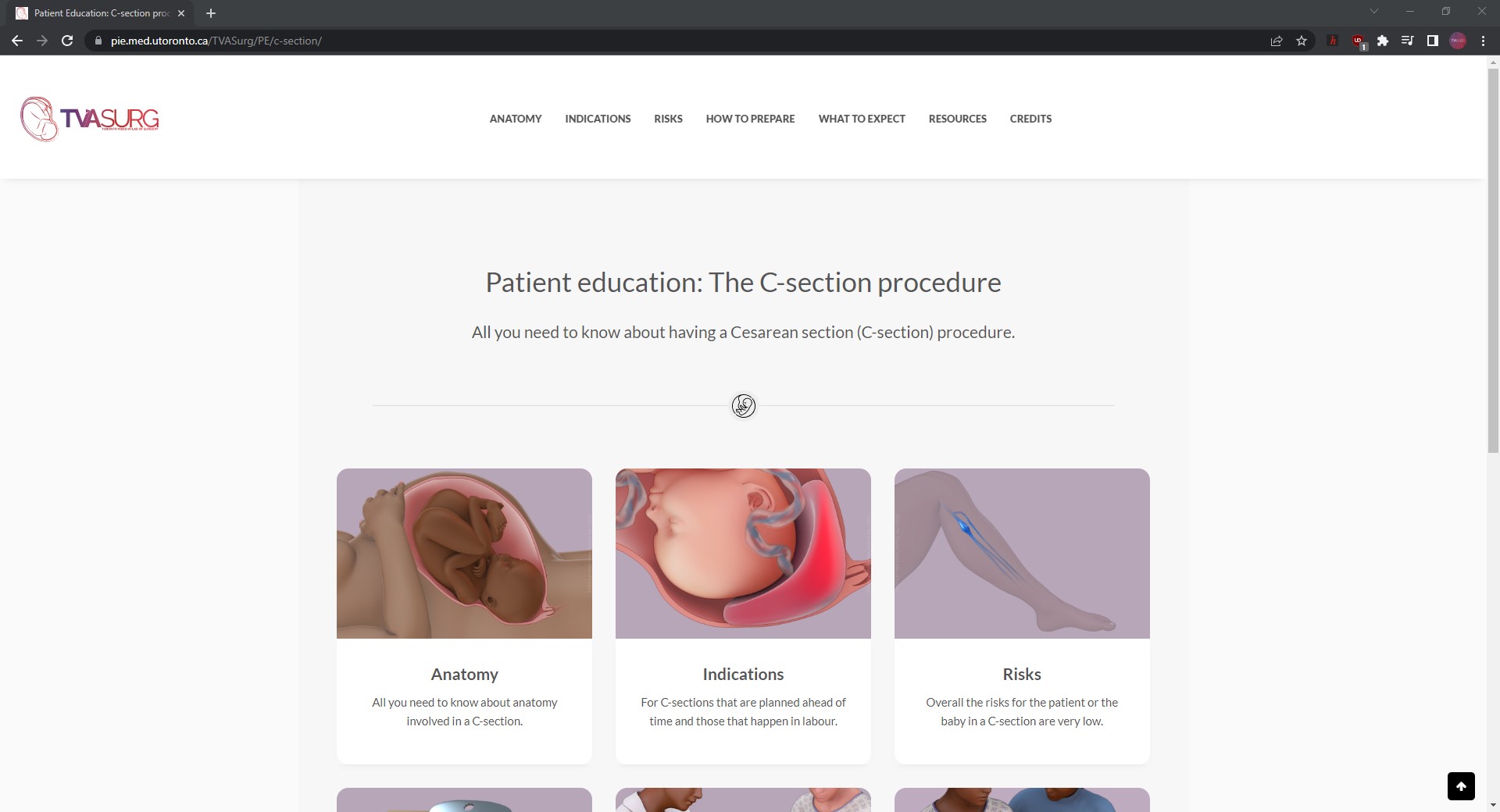As we look over our long list of surgeries filmed, animations produced, and surgical chapters added to our atlas, we are saddened to see another long list of data points–the number of copyright strikes we have had to submit to YouTube for users who have taken our content and posted it to their own channels without permission.
Copyright is a serious issue for those in the medical illustration and scientific visualisation field, largely because the amount of background research and accuracy verification adds considerably to the production time.
With the advent of the internet and Google image searches especially, access to illustrations and graphics has never before been so easy and readily available. What is commonly misunderstood though, is that just because an image is searchable, does not automatically make it free to use. This is equally true of video.
But the atlas is free, right? Why can’t I use this free content?
We want our site visitors to understand that even though our content is open access, that does not mean it is “free”. Our work involves hundreds of production hours, and the only way we can put that amount of time into making content at this level of quality is to be paid a salary. Our salaries are paid through two main sources–philanthropy and grants. For us to secure these funding sources, we need to be able to show site traffic and view statistics to our funders. They need to see evidence that we are making an impact, and how our content is being used and by whom. Whenever someone takes our videos and re-shares them on a separate account or profile, they are taking away views and clicks that we need to show the impact of our work.
How to share our content
We greatly appreciate all of our subscribers and followers who enthusiastically share our educational content. In all instances we ask that you please share links to the video’s case page on our site, where additional background about each case is outlined and additional free-to-access learning materials are often provided.
For example, if the primary C-section video caught your attention and you’re wishing to share it through social media, simply copy/paste the case page link like so:
http://128.100.190.12/TVASurg/project/primary-vertex-caesarian-section/
This ensures that those who are interested in learning more about the content view it in its original, intended format, and they can gain immediate access to the rest of our growing surgical atlas.
If, on the other hand, you’d like to share a patient-friendly version (no surgical footage), you can also share our Youtube link of the same video: https://youtu.be/VkxwN8xQz80
Both of these would register on our impact/click count, which helps us demonstrate and understand the impact our videos make.
Please also note that we have designed a website that is specifically meant for patients undergoing Cesarean section delivery, where they can see the animated content alongside additional valuable resources we have specially prepared for this audience.
How to use our content in presentations
If you’re interested in using our video or a clip of our video in your conference presentation, please do reach out and we’ll be happy to assist you. Depending on the type of presentation, a licensing fee may be charged. Because “presentations” can cover a wide variety of use cases, it’s often best to have a discussion, but in most cases, our recommendation is to pull up our video on its case page from our site.
Foreign Language Translations
We have noticed a recurring theme in many of the unauthorised re-posting of some of our videos on YouTube, which is when videos are re-published with non-English captions and narration. Having our videos translated to reach a more international audience is part of our goal. However, we’d appreciate it if you reach out to us to collaborate on the translation instead of re-posting it on another Youtube channel. We want to make sure the language used and content accuracy is appropriate for the target audience. Translating our surgical education scripts, especially those intended for the general public, must be done through official collaborations involving medical doctors (MDs) who are fluent in both English and the language to be translated, so that we can assure the healthcare communication is made clearly and concisely.
If you would like to help us translate our videos, please get in touch and we can take it from there: TVASurg@gmail.com
Conclusion
We recognize that there are many people who are putting in the time and work to create valuable and much-needed medical education content, and doing so with limited resources. If you find yourself in that group, we encourage you to check out our on-going series of tutorials we are building to help share the knowledge we have attained over the past decade or so of making high-quality surgical teaching videos. As much as possible we have tried to make these tutorials focused on freeware tools such as DaVinci Resolve by Blackmagic and 3DSlicer. You can help us create more of this type of content by reaching out and letting us know what is helpful and what else we could focus on. Commenting and subscribing to our social media accounts also helps us considerably to gauge which content is the most valuable and what we should make more of.
–TVASurg Team



